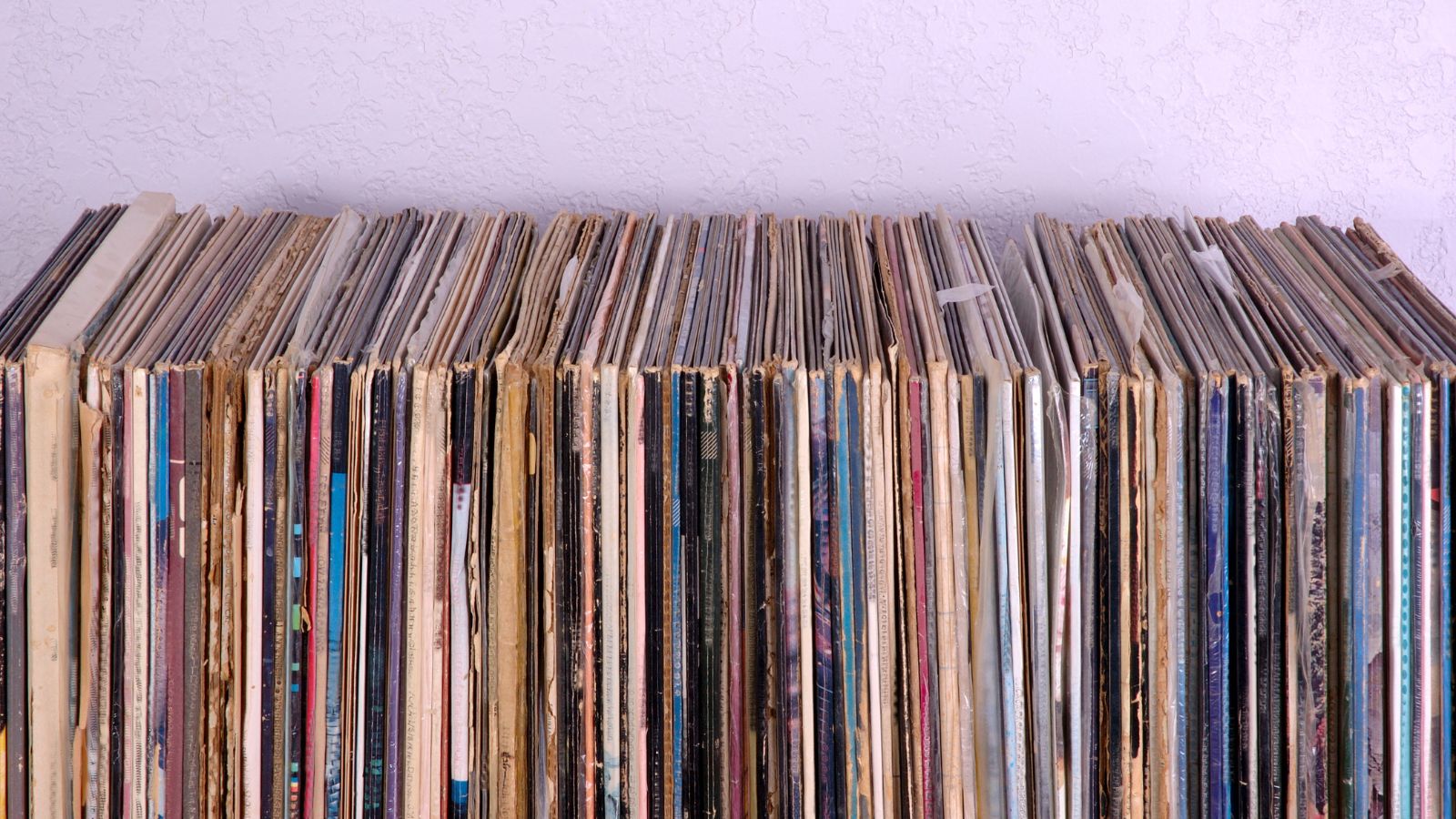In the world of music, vinyl records hold a special place. They’re not just a medium for music, but a symbol of nostalgia, a nod to the golden age of audio. This article delves into the fascinating realm of vinyl records, exploring the various types that have charmed music enthusiasts for decades.
Whether it’s the compact 45s that were once jukebox favourites, or the large-format LPs that allowed for an immersive listening experience, each type of vinyl record has its own unique allure. Understanding these types not only enhances your appreciation of music but also opens up a new perspective on the history of audio recording. So, let’s spin that turntable and dive into the captivating world of vinyl records.
 Types of Vinyl Records
Types of Vinyl Records
From compact 45s to large-format LPs, vinyl records present diverse and engaging auditory experiences. This exploration of vinyl records uncovers their historical significance, the manufacturing process, and their re-emergence in current times.
History and Resurgence
The vinyl record, a replica of sound etched into grooves on a large plastic disc, emerged in the early 20th century. It was in the 1950s that record sizes standardised, giving rise to compact 45 RPM singles and 33 1/3 RPM long-playing albums which came to be known as LPs. During the following decades, sales records show vinyl gradually gave way to CDs, cassettes, and eventually digital music. However, since the early 2000s, vinyl records made a surprising comeback, with sales demonstrating a growing trend towards analogue music. In 2020, the Recording Industry Association of America cited vinyl as outselling CDs for the first time since the 1980s. This resurgence isn’t just a fad but rather, a return to tactility, nostalgia, and the pursuit of a more immersive musical experience.
The process of manufacturing vinyl records involves precise science and craftsmanship. It begins with the creation of a master disc – a metal plate coated with a fine layer of lacquer where the music’s grooves are intricately cut. The master disc then gets sent to be galvanised, a process that involves coating it with a layer of nickel to create a stamper – an inverse of the master disc’s groove patterns.
 Types of Vinyl Records
Types of Vinyl Records
Encompassing the realm of vinyl records, several types stand out, demonstrating unique features and distinct audio qualities. Among these are the Standard Play (SP), Long Play (LP), and Extended Play (EP) records – each with unique characteristics and uses.
Standard Play records, commonly known as 78s, hold significance as one of the earliest forms of recorded sound mediums. Originating in the early 20th century, these records were notable for their materials, predominantly shellac, and fast rotational speed of approximately 78 revolutions per minute (RPM). SP records, with their mono sound, offer a relatively short playback time, usually bound within three to five minutes. This had a restricting effect on the creativity of recording artists during the era, as they strove to compose within this time frame.
The SP format became less popular following the introduction of LP records, which offered longer running time and superior sound quality.
 Factors Affecting Vinyl Record Quality
Factors Affecting Vinyl Record Quality
Understanding the nuances behind vinyl record quality creates an appreciative platform for music enthusiasts. This knowledge optimises the listening experience and builds a robust awareness of vinyl’s unique attributes. Several factors affect the overall quality of vinyl records: among these, material, and thickness, as well as the record speeds, are key determinants.
The choice of material in vinyl records impacts their sound quality and longevity. Traditionally, records manufacturers prefer polyvinyl chloride (PVC), renowned for its durability and sound translation capabilities. For instance, a 180-gram vinyl record, made from a more substantial portion of PVC, ensures thicker grooves, ultimately resulting in better sound quality.
Thickness, the other key factor, relates directly to a record’s durability and sound quality. A thick record, such as the 180-gram LP record, transfers sound more efficiently. It’s also more resistant to warping, an issue that plagues thinner records, compromising their sound output and lifespan.